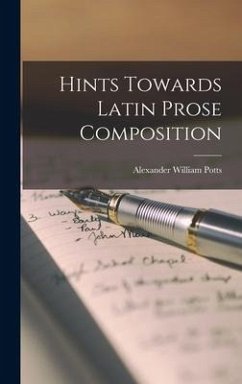
The Cambridge Grammar of Classical Greek

PAYBACK Punkte
62 °P sammeln!
This is the first full-scale reference grammar of Classical Greek in English in a century. The first work of its kind to reflect significant advances in linguistics made in recent decades, it provides students, teachers and academics with a comprehensive yet user-friendly treatment. The chapters on phonology and morphology make full use of insights from comparative and historical linguistics to elucidate complex systems of roots, stems and endings. The syntax offers linguistically up-to-date descriptions of such topics as case usage, tense and aspect, voice, subordinate clauses, infinitives an...
This is the first full-scale reference grammar of Classical Greek in English in a century. The first work of its kind to reflect significant advances in linguistics made in recent decades, it provides students, teachers and academics with a comprehensive yet user-friendly treatment. The chapters on phonology and morphology make full use of insights from comparative and historical linguistics to elucidate complex systems of roots, stems and endings. The syntax offers linguistically up-to-date descriptions of such topics as case usage, tense and aspect, voice, subordinate clauses, infinitives and participles. An innovative section on textual coherence treats particles and word order and discusses several sample passages in detail, demonstrating new ways of approaching Greek texts. Throughout the book numerous original examples are provided, all with translations and often with clarifying notes. Clearly laid-out tables, helpful cross-references and full indexes make this essential resource accessible to users of all levels.














